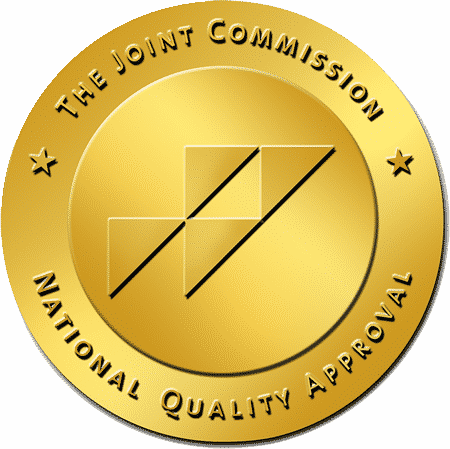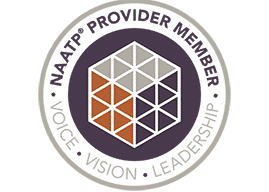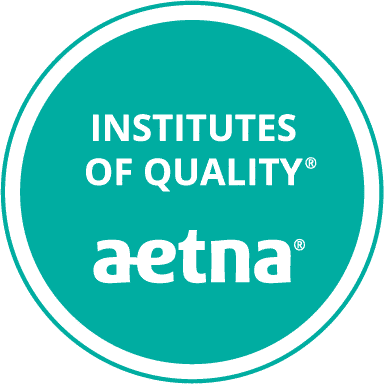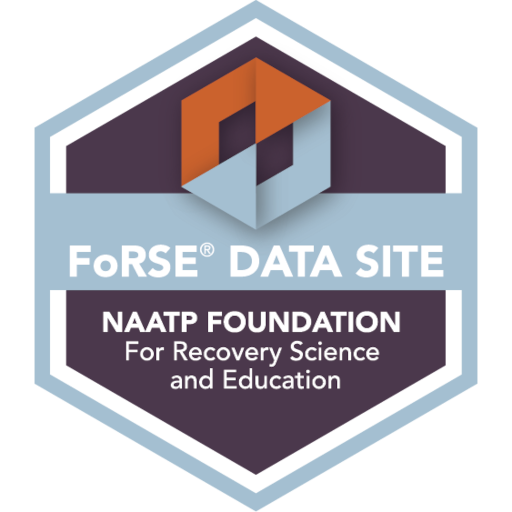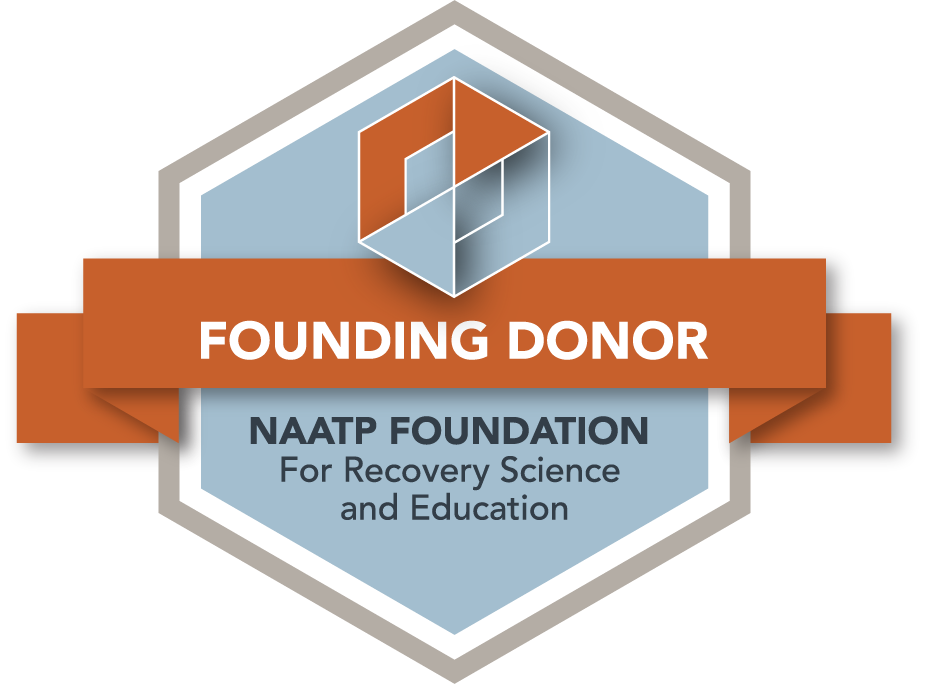Behavioral Health Services Locator
The Substance Abuse and Mental Health Services Administration (SAMHSA) provides a free behavioral health services and locator on its website. It is a confidential and secure source of information about treatment centers in the U.S. or its territories that care for mental health or substance use disorders. SAMHSA does not gather, or file data entered by users of the locator. Facility information is updated annually from the treatment centers’ responses to SAMHSA’s National Substance Use and Mental Health Services Survey.
What are Mental Health Disorders?

Mental disorders are marked by fluctuations in mood, thought, and/or behavior in daily life. They can affect relationships and decision-making. Diagnosis often follows a reduction in a person’s ability to function because of the disorder. For example:
- Serious mental illness is defined by SAMHSA as “someone over 18 having (within the past year) a diagnosable mental, behavior, or emotional disorder that causes serious functional impairment that substantially interferes with or limits one or more major life activities.”
- For people under 18, “Serious Emotional Disturbance” refers to “a diagnosable mental, behavioral, or emotional disorder in the past year, which resulted in functional impairment that substantially interferes with or limits their role or participation in family, school, or community activities.”
Mental health and substance abuse disorders impact people from all parts of society and all ages. They are common, may reoccur, and are often serious, but many people recover with treatment.
Categories of Mental Illness
There are two broad categories used to describe mental illness conditions:
- Any Mental Illness (AMI)–all recognized mental, behavioral, or emotional disorders
- Serious Mental Illness (SMI)–a subset of AMI which causes serious functional impairment and limits life activities.
How Many People Receive Mental Health Services?
For AMI
The National Institute of Mental Health (NIMH) reports that in 2020, among nearly 53 million adults 18 and older with AMI, 24.3 million (46.2%) received mental health services. The percentage of young adults (18 to 25) who received mental health care was lowest at 42.1 percent. Treatment was highest (48 percent) among adults 50 and older. While 51.2 percent of women receive mental health services, only 37.4 of men were treated.
For SMI
NIMH says that 64.5 percent of the 14.2 million American adults with SMI–14.2 million people– received treatment in 2020. Again, young adults were less likely to receive care, but the figures are higher than for AMI. Fifty-seven percent of those 18 to 25 were treated, compared to 63 percent of adults 26-49, and almost 73 percent of those 50 and older. The percentage of females treated was 69.9 percent compared to 54.9 percent for males.
Mental Illness is a National Problem
Research shows that mental illnesses occur frequently in the U.S., impacting tens of millions of people annually. The National Institute of Mental Health says nearly 20 percent of adults in this country (about 53 million in 2020) had some form of mental illness. It is estimate that only half of those who have mental illnesses receive assistance from professionals trained in psychiatry. Mental illnesses encompass a wide variety of conditions ranging in degree of severity from mild to moderate to severe. These disorders include anxiety, attention deficit hyperactivity, bipolar, , depression, eating, obsessive-compulsive, post-traumatic stress, psychosis, and schizophrenia, among others.
What are Substance Use Disorders?

Substance use disorders (SUDs) are illnesses in which the ongoing use of alcohol and/or drugs results in significant impairment of the user, including health issues, disability, and failure to meet normal work, school, or home responsibilities. A timely example is the opioid addiction crisis which has put many persons in the hospital and resulted in many deaths. Until the mid-20th century the abuse of alcohol and drugs was primarily blamed on defects in character or moral weakness. Medical research showed that, like diabetes, persons with SUDs had physical reasons for how their bodies reacted to alcohol and drugs.
How Many People Suffer from SUDs?
Approximately 22 million adults in American suffer from a substance use disorder. Despite the attention to give to opioids and methamphetamine addiction, alcohol abuse still accounts for more people. According to the 2020 National Survey on Drug Use and Health (NSDUH), nearly 15 million people 12 and older had an alcohol use disorder. Of that number, nine million were men
Alcohol Abuse in the US
The U.S. has one of the lowest alcohol use rates per capita of the more-developed countries but has a higher rate of alcohol abuse. In America alcohol is often used in excess to celebrate or to forget. Too often drunkenness is used as a coping mechanism. It’s an unhealthy relationship that starts at an early age. Binge drinking on college campuses is often regarded as an acceptable activity instead of as the health risk it is.
When is Drug Addiction a Disability?
When drug addiction substantially diminishes a life activity, it is considered a disability under federal law.
Federal disability rights laws also protect individuals if they:
- Have successfully completed a supervised addiction treatment program
- Are participating in a supervised drug rehabilitation program and currently not illegally using drugs
- Are falsely accused of engaging in illegal drug use.
How Does Behavioral Health Counseling Help?
Behavioral health treatments help people with substance use disorders or mental illnesses recover and lead productive lives. They involve counseling and specialized psychotherapies that seek to change behaviors, thoughts, emotions, and how people see and understand situations. No single treatment for substance use disorders works best for all people. Therapy must address each person’s needs and symptoms. Trained and licensed medical and clinical professionals team to thoroughly evaluate a patient’s physical status and other symptoms, then make a diagnosis and prepare an effective treatment plan which may include cognitive behavioral therapy.
Cognitive Behavioral Therapy
Cognitive behavioral therapy (CBT) is a form of psychological treatment that has been used to effectively treat a range of problems including depression, anxiety disorders, alcohol and drug abuse, marital problems, eating disorders, and SMI. Research studies suggest that CBT can significantly improve quality of life. In many studies, it is shown more effective than other forms of therapy or medications.
What are Co-Occurring Disorders?

Co-occurring Disorders are when a patient has both a substance use disorder and a mental health disorder at the same time, such as an opioid addiction and a bipolar disorder. It is estimated that almost 8 million adults in the U.S. have co-occurring mental and substance use disorders. Some treatment facilities can treat both at the same time, but others like La Hacienda, concentrate on caring for one of them and starting recovery while planning the patient’s care around the existence and future treatment of the other disorder.
Insurance Parity for Behavioral Health
Federal legislation signed into law in 2008, the Paul Wellstone and Pete Domenici Mental Health Parity and Addiction Equity Act (MHPAEA), is aimed at preventing group health plans and health insurance issuers from imposing lower limitations on benefits for mental health and substance use disorders than on medical/surgical coverage. While the law is national, enforcement relies on state agencies and advocates continue to push their state officials and legislators to see that it is enforced.
La Hacienda Treatment Center
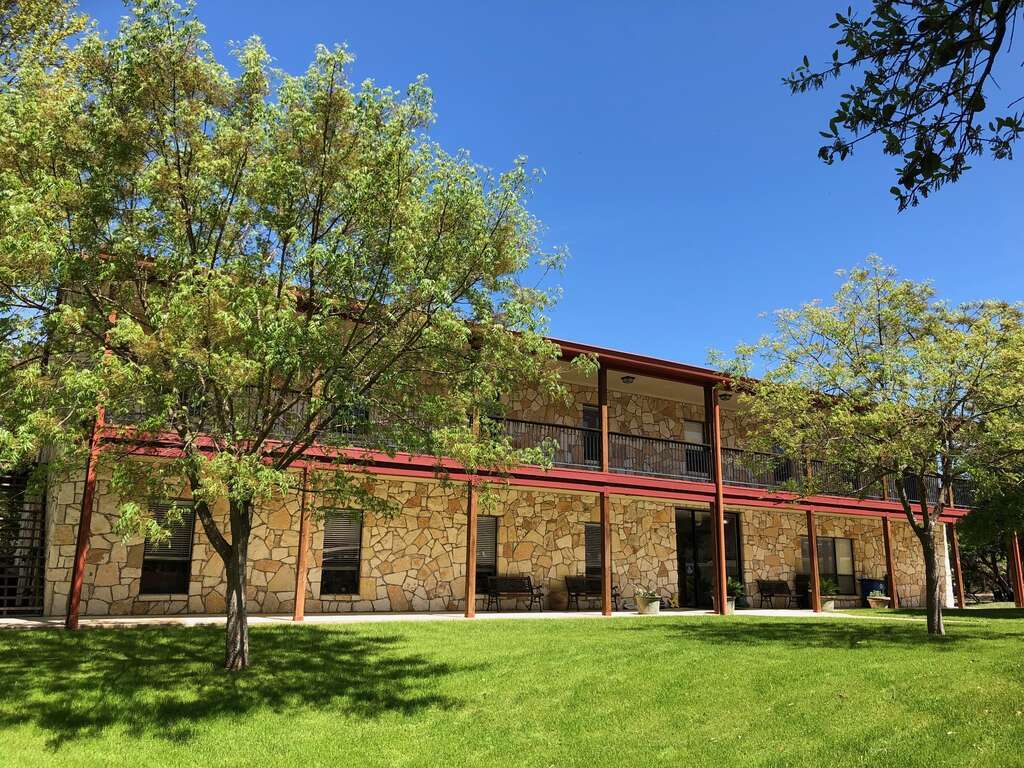
For 50 years, Patients struggling with drugs and alcohol have found the help they needed at La Hacienda. Helping each patient feel good, find hope, and live their best life is our goal. La Hacienda’s doctors and clinical therapists work as a team to review each patient’s history and assess their needs. With this information, they formulate a program of the highest-quality, evidence-based treatment practices to treat body, mind, and spirit. Behavioral health counseling is one of the resources used as part of individualized treatment plans Patients participate in both individual and group therapy. The Family Program helps provide both education about the disease and workshops to improve communication and support the person in recovery.
On-Site Medical Care
Patients’ well-being is a primary concern. Medication management for pain is available for patients going through detoxification. Patients see a doctor in person daily and have access to medical treatment 24/7. For more information or to begin the admission process, contact one of our admission specialists by phone at (800) 749-6160 and learn how you or a loved one can address the illness and start on the path to recovery and better lives. La Hacienda is in network with most major insurance carriers.
Addiction Treatment Campus
A person with a substance use disorder who needs around the clock care will probably be admitted to a facility where they can see a staff member in person 24/7. These are usually residential addiction treatment centers where the recovery program may include medically supervised detoxification. individual and group therapy, interaction with other patients who share the same struggles, activities therapy, educational programs, family therapy, and post-treatment planning.

Inpatient Treatment
Inpatient treatment programs are best for persons with more severe cases of substance use disorders who need 24/7 in-person care while they become sober and start recovery. They provide housing, meals and continuous staff contact and support. Inpatient care is sometimes provided in a hospital.

Residential Programs
Residential treatment programs are best for persons with more severe cases of substance use disorders who need 24/7 in-person care while they become sober and start recovery. They provide housing, meals and continuous staff contact and support.

Rehab Centers in Texas
Addiction treatment providers and clinics in Texas are licensed by the State Department of Health and Human Services. To search for addiction treatment centers in Texas, go to the Substance Abuse and Mental Health Services Administration website. They have a search device which can find facilities within a given ZIP code or city. Search filters help match specific needs, such as types of treatment, groups served, or availability of medication.
